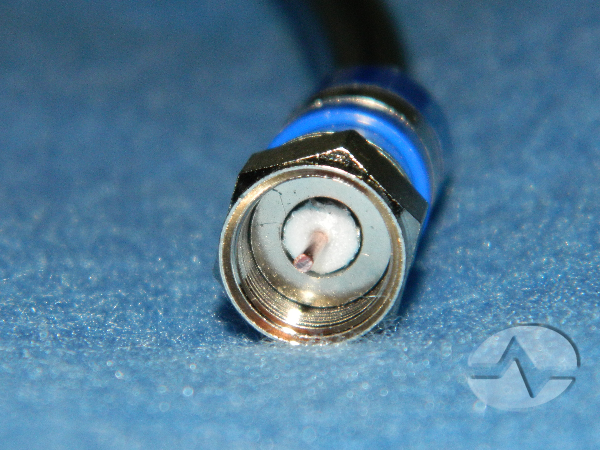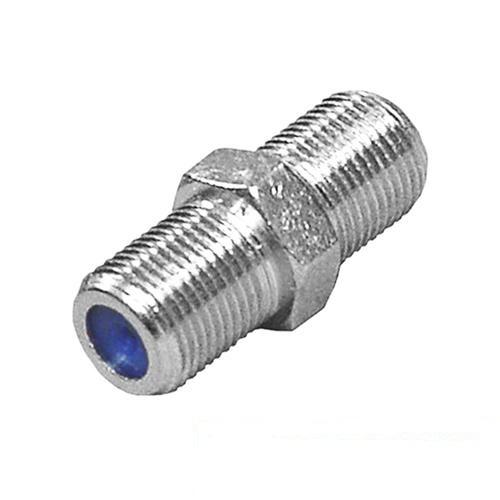If you buy a cellular signal booster from Solid Signal, you’re going to get everything you need to install it, including all the cables. It’s a complete kit designed for success. However, sometimes you might want to upgrade or extend what you have. So, you need to know what works and what doesn’t.
Why would you add cable to a cell booster?
Most cell boosters come with fifty feet of cable which is going to be enough for most installations. Remember, though, that you need to put that outdoor antenna up at least 15 feet higher than the indoor one. That separation is important to making sure the booster can do its best work. In order to do that, you may need more than 50 feet of cable. You may also choose to put that antenna up higher than 50 feet, so it can get past trees or other buildings.
What’s the right cable to add?
First of all, most cell boosters sold today use the same RG6 coaxial cable that you’re familiar with from your cable, satellite, or antenna installation. Look at the end of the cable supplied with your cell booster. Does it have this familiar connector on it?

This F-connector is only found on RG59 and RG6 cables which are suitable for cellular signal booster use. If your cables have a different sort of connector, that usually means the booster is meant for more commercial use. It’s still going to work for you but you’ll need different cable if you want to extend the antenna run.
The different types of coaxial cable
Generally, the best way to know what you have, if you look at a cable, is to look at the side of it. Most manufacturers inkjet print the model number and some basic specs on the kind of cable you have. A quick Google search is going to give you all the details you need. Here’s some basic information that describes different types of cables. If you want to learn more, check out our Cables 101 series.
RG6 vs. RG59
These common designations for cable describe the thickness of the center wire and the white foam that surrounds it. RG59 cable is rare these days since it is just as inexpensive to make the vastly superior RG6 cable. RG6 cable loses less current over distance and is better for long runs.
Dual-Shielded vs. Quad-Shielded
Quad-shielded cable has two extra layers on the outside to protect against outside electrical fields. It is generally not needed for cell boosters and it is a lot more expensive. However if you have quad cable, it will work fine.
Sweep testing
You will often find that a cable is “sweep tested” and that you can get the results. Sweep testing involves testing the entire frequency range that a cable can carry to make sure that it doesn’t begin to falter at the higher ranges. Carrying higher frequencies is a challenge for poorly made cables. If there is a published spec, you should look for cable that is sweep tested to at least 2150MHz, the highest frequency range used by cell boosters.
However, sweep testing is rare and only tends to be done for cables that carry satellite or other truly high-frequency signals. If there is no sweep testing data for the cable you’re looking at, go by eye. If the cable looks appropriately thick and well made it will probably be fine.
Solid copper vs. copper-clad steel
This is probably the most important designation. What we’re talking about is the center wire. Less-expensive cables will have a thin copper plating, while the center will be steel. More expensive cables will be solid copper throughout.
Copper-clad steel cables are just fine for cell boosters
In order to understand why, you need to understand the difference between signal and current. Current is raw power and you need a lot of it to make something happen. Signal is a very little bit of power that has very specific qualities. You can make do with an incredibly tiny part of that.
While current travels throughout the entire cable, signal only dances on the outside of the cable. This is called the “skin effect” and it’s important.
Copper carries both signal and current a lot better than steel. If you need to send current up a cable, like you do for satellite TV, you need solid copper. But, cell antennas don’t need current so it’s perfectly fine to use a cable with copper on the outside and steel on the inside.
A quick note about barrels

Barrel connectors help you take two short cables and combine them into one long one. They should be used with care since they do cut some of the signal strength.
This whole article talks about barrel connectors, but really for cell boosters all you need to know is that you should get the ones with the blue centers. Shop for them here.
Do you need more cable?
Don’t go to the home store, where you’ll generally find the lowest quality cable. Shop Solid Signal’s collection of RG6 cables instead and you’ll get the cable you need!





